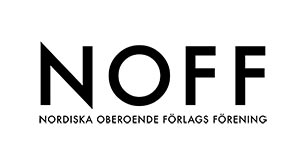
Att formulera problem i barnpsykiatriska samtal

| Serie | Uppsala Studies in Education (146) |
|---|---|
| Författare | |
| Förlag | Acta Universitatis Upsaliensis |
| Genre | Pedagogik |
| Format | Häftad |
| Språk | Svenska |
| Antal sidor | 170 |
| Vikt | 0 |
| Utgiven | 2023-09-08 |
| ISBN | 9789151318424 |
The present study explores problem-formulation processes in Swedish child and adolescent psychiatry (Sw. Barn- och ungdomspsykiatri, BUP), drawing on an ethnomethodological conversation analytic approach to institutional talk. Data consists of video and audio recordings of 15 initial assessments, one therapeutic contact (six sessions) and one neuropsychiatric assessment (12 sessions), with children and adolescents aged 10 to 17. Shorter sequences as well as longer processes spanning several sessions are analyzed. While much prior research has examined caregiver-clinician interaction in cases involving younger children, the present study explicitly focuses on the child as an active participant.
The analyses of the initial assessments demonstrate how children resist caregivers’ problem formulations by presenting alternative versions of these formulations that draw on their in-depth knowledge of their own everyday life. Clinicians’ strategies of orchestrating the talk in these sequences are shown to be critical in balancing children’s and caregivers’ relative epistemic status. In the therapeutic interactions, the analyses focus on how the participants use reported speech as an interactional resource to illustrate problematic communication patterns in the family, to model alternative courses of action, and to communicate therapeutic change. In these encounters, the child takes an active role in the process of problem formulation. Finally, neuropsychiatric assessment interactions are analyzed with a focus on the clinical sense-making process through which a shared understanding of the child’s problems is negotiated in initial and concluding phases of the contact.
Through attending to clinical sense-making in negotiations between adolescents and caregivers, the study provides nuance to the image of medical interaction as primarily characterized by tensions between contrasting life-world and medical perspectives. The concluding discussion addresses how knowledge claims and conflicting versions of psychiatric problems are managed in multi-party interactions, as well as how boundaries between normality and deviance are negotiated in processes of interaction.





















